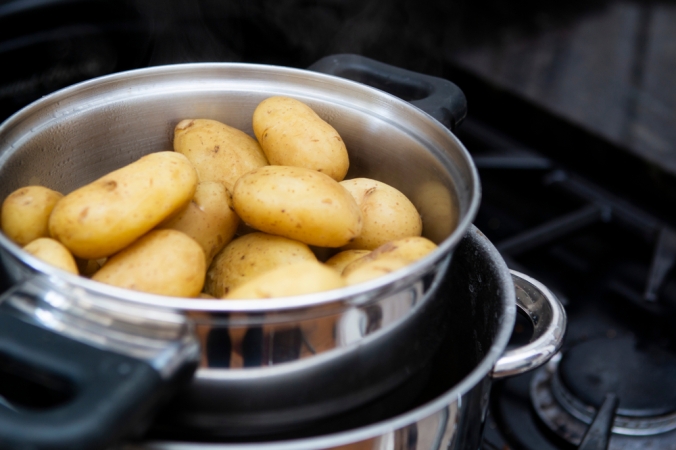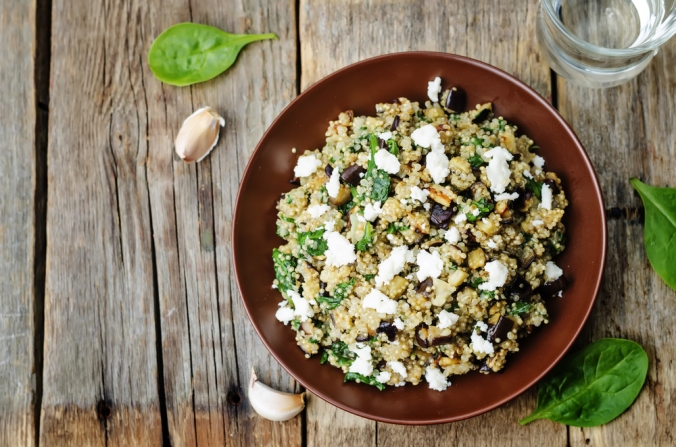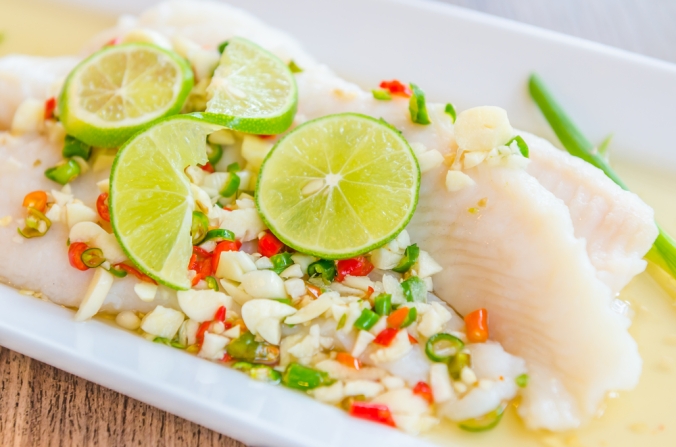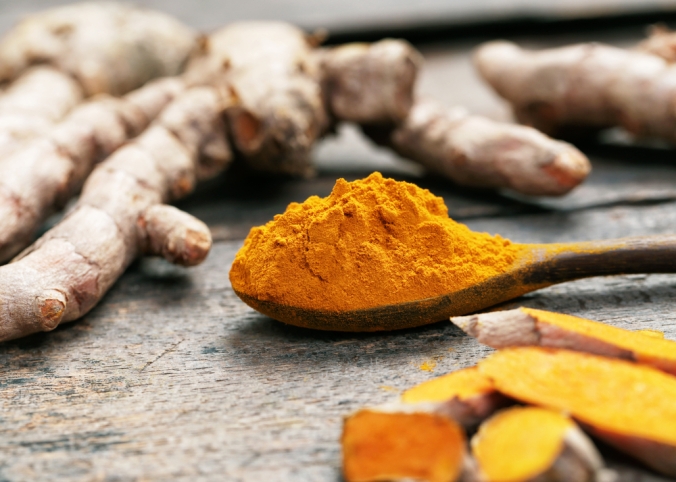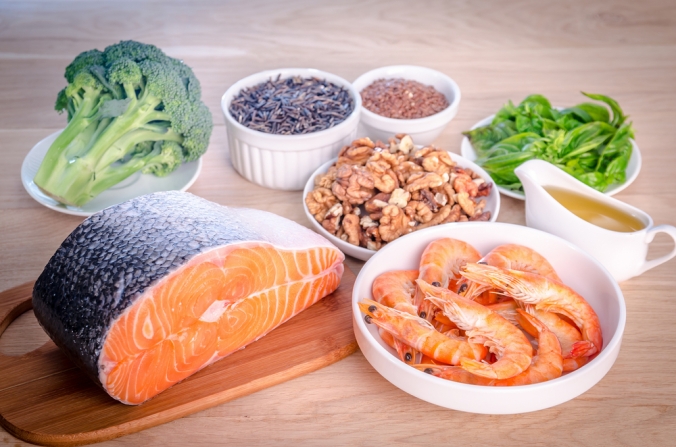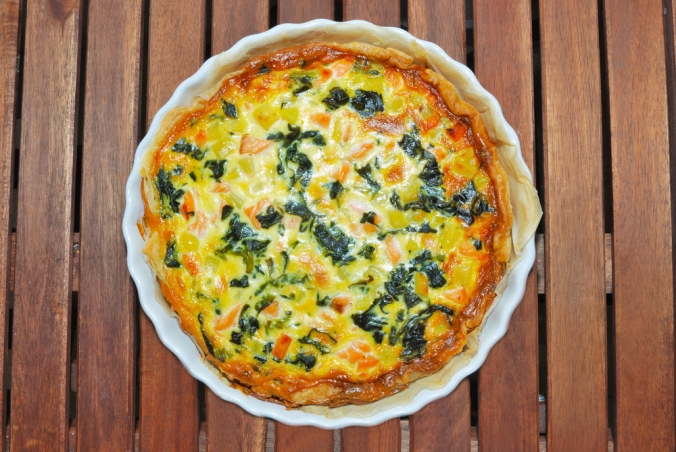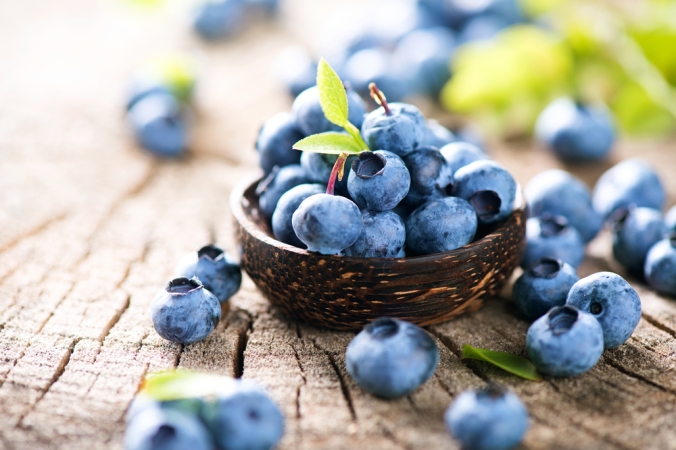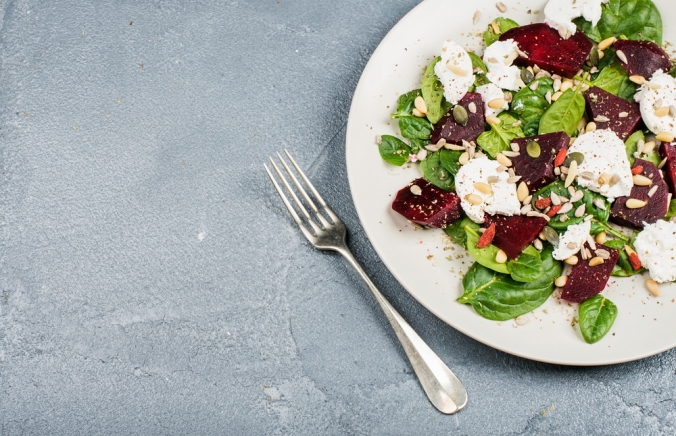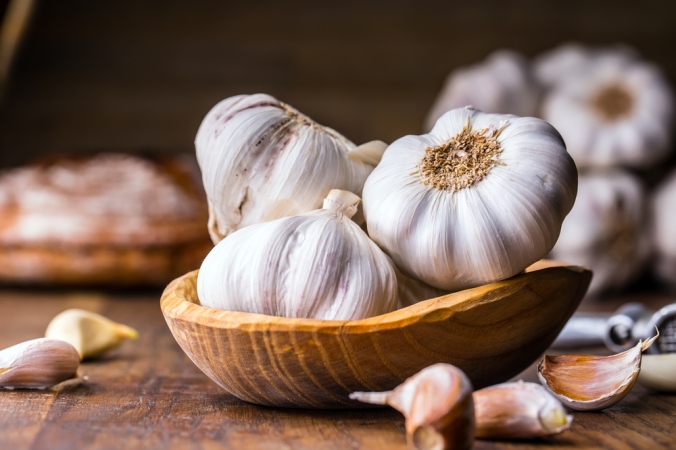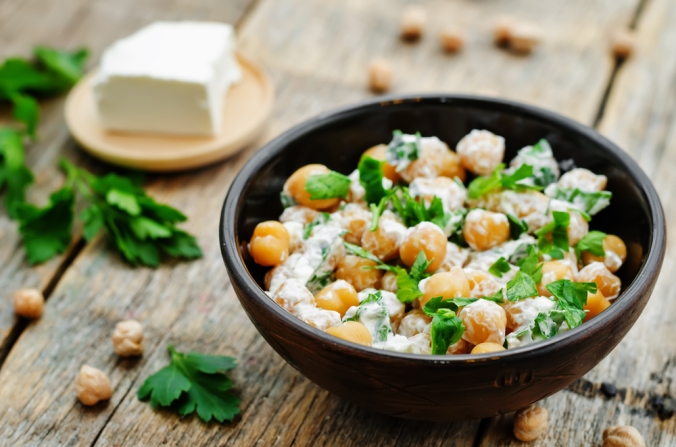It’s National Nutrition Month highlighting the amazing health benefits of feeding your body with the nutrients it needs to flourish and function optimally.
With so much information available we can sometimes get confused and side-tracked, which can lead to de-motivation. It’s about getting the basics right first. This is the answer to overall and lasting wellness.
Clinical nutritionist Suzie Sawyer shares her five top tips for nutritional health.
Colour it up
When it comes to nutrients, it’s all about colour; the more colour variety you have in your diet, the more nutrients you’ll be eating. This is because the pigments, especially noticeable in many beautifully coloured fruits and vegetables, are rich in antioxidants and lots of other health-giving plant compounds.
We are advised to eat a minimum of five portions of fruit and veg a day. This is because these foods are some of the most nutrient-dense on the planet. They are not just rich in antioxidants but loaded with essential vitamins and minerals. Just go for as much colour variety as possible and you’ll be going a long way to giving the body what it needs. Think of the colours of the rainbow and go from there.
Portion control
It seems many of us have put on a few unwanted kilos during lockdown which is completely understandable. It’s been much more difficult to maintain any structured exercise programme with the constraints on our lives. However, life is hopefully going to improve so now is a great time to tackle any weight gain.
It’s very common to turn to food for comfort or because ‘we deserve a treat’. And sometimes, we might not even realise how much we’re eating just in snacks alone, so keeping a food diary is a great idea.
One point to note is that it is protein from meat, fish, poultry, soya, lentils, eggs, dairy and beans that keeps us feeling fuller for longer, not calorie-laden carbs. Therefore, eating protein at every meal gives you much more bang for your buck and you’ll gradually train your stomach to eat sensible portions. And do remember the balance between energy input (via your food) and energy output (though exercise).
Are you thirsty?
It’s really common to think that we’re hungry when actually we’re thirsty. When it’s cold outside and we’re maybe not doing as much exercise as normal, we might not feel thirsty. However, the body is around 80% water so regardless of the weather, it still needs plenty of liquid on a daily basis.
Non-caffeinated drinks such as herbal teas, also count towards your liquid requirements but do aim to drink 1 ½ – 2 litres of water daily; you’ll also eat less and have much more energy.
Be kind to your insides
Your digestive system needs to work well for the body to look and feel healthy. In short, if the gut is not working properly, then nothing else will. The gut microbiome, the wealth of friendly bacteria that naturally reside in the digestive tract, needs loving and nurturing. These bacteria work very hard for us, boosting the immune system and producing certain vitamins, minerals and brain neurotransmitters. Keeping the digestive system running smoothly and looking after how we feed it will impact how we look and feel generally.
Feed it regularly with gut-loving foods (also known as prebiotics) such as garlic, ginger, cruciferous veggies, tempeh, onions, artichokes and bananas. Foods high in fibre such as whole grains, legumes and fruits and vegetables are all great for gut health too.
Reduce the stimulants
Too much caffeine and alcohol can create anxiety and exacerbate stress, both of which are not helpful especially at the current time. Additionally, caffeinated drinks often contain sweeteners, and alcohol is high in sugar, both of which can act as anti-nutrients, knocking certain vitamins and minerals sideways. Try to reduce both as much as possible and you’ll feel much calmer and find energy levels soaring.
There are plenty of caffeine-free delicious alternatives such as dandelion coffee and herbal teas, as well as alcohol-free wine, beer and spirits; you can have fun trying out some new tastes.
So, embrace National Nutrition Month and your health will certainly benefit.
Stay well.
FOR MORE GREAT DIET AND LIFESTYLE ADVICE:
Sign up to receive our blog and get a weekly dose of the latest nutrition, health and wellness advice direct to your inbox.
Follow us on Twitter @feelaliveuk for nutrition, lifestyle and well-being tips.
Visit us at www.feelaliveuk.com for the latest offers and exclusive Alive! content.
Follow and Chat with Suzie on Twitter @nutritionsuzie
For everything you need to know about vitamins, minerals and herbs visit our sister site Herbfacts
All images: Shutterstock













